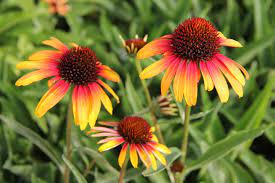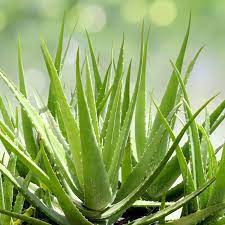Examples

Lavender
Lavender is celebrated for its calming properties and distinctive fragrance. Its essential oil is a common ingredient in cosmetics, especially in products designed for relaxation and stress relief. Lavender-infused products are known for promoting a sense of tranquility and enhancing skincare routines.

Rose
Roses, with their timeless elegance, contribute to the cosmetic world with their exquisite scent and skin-loving properties. Rose extracts and rosewater are often found in skincare products, offering hydration and a delicate, romantic aroma. Rose-infused cosmetics are cherished for their rejuvenating qualities.

Chamomile
Chamomile plays a significant role in cosmetics designed for sensitive skin. Its anti-inflammatory and calming properties make chamomile extracts popular in products aimed at reducing redness and irritation. Chamomile-infused cosmetics are appreciated for their gentle and nurturing characteristics.

Calendula
Calendula, also known as marigold, possesses powerful anti-inflammatory and antimicrobial properties. Widely used in traditional medicine, calendula extracts are known to promote wound healing and soothe skin irritations. Calendula-based medicinal products contribute to skin health and recovery.

Echinacea
Echinacea, a flowering plant with immune-boosting properties, is often used in medicinal preparations. Recognized for its potential to enhance the body's defense mechanisms, echinacea extracts are incorporated into remedies aimed at preventing and alleviating colds and respiratory issues.

Aloe Vera
Aloe vera, renowned for its cooling and moisturizing effects, is a versatile plant used in various medicinal applications. Its gel, extracted from the succulent leaves, is valued for soothing burns, promoting wound healing, and providing relief from skin irritations. Aloe vera is a common ingredient in skincare and medicinal products.